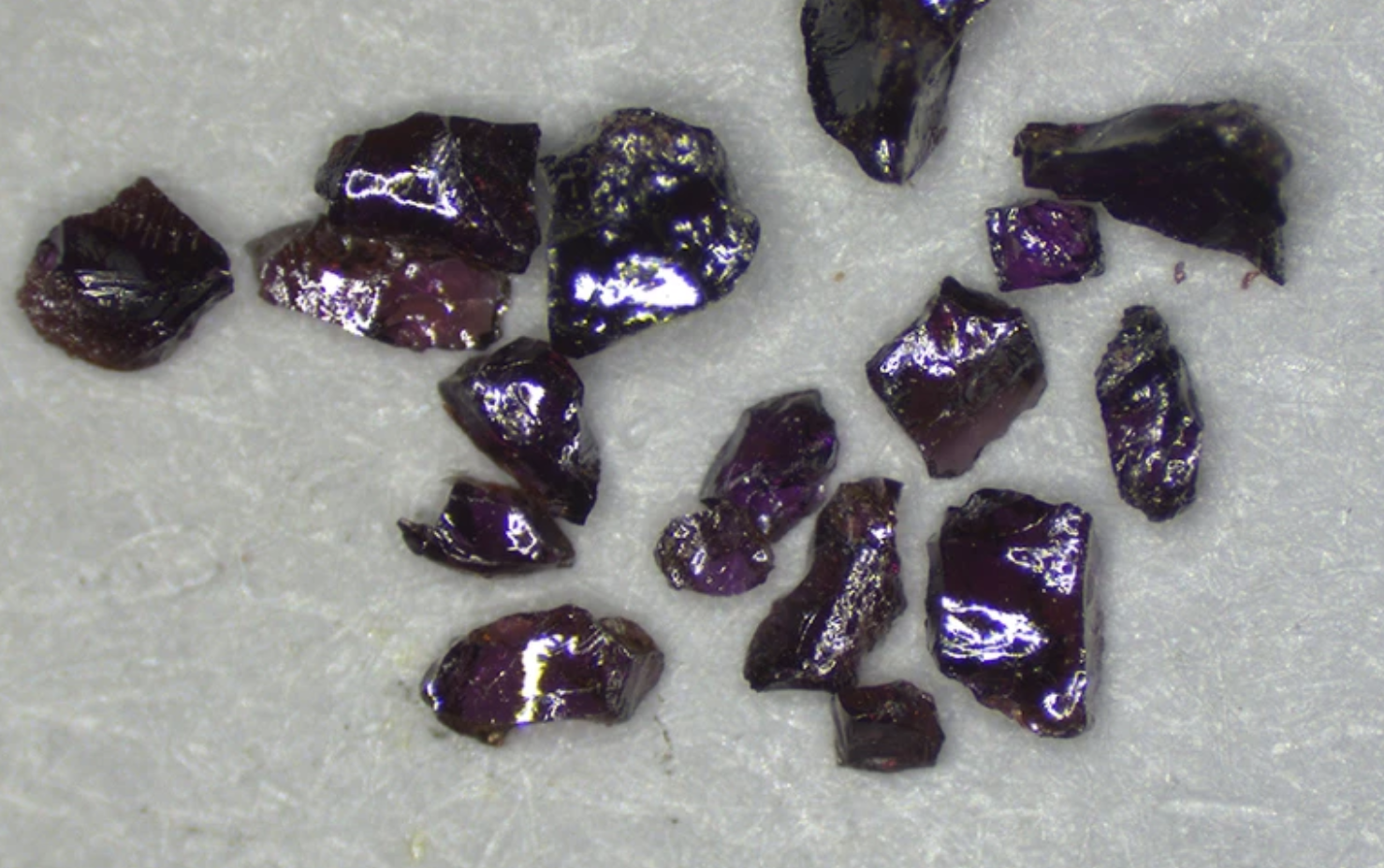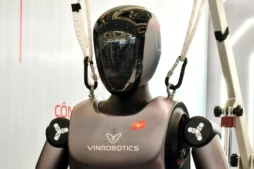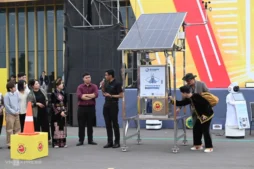Science Journal Says LK-99 Superconductor Dream is Over

A new article published in the science journal Nature aims to be the last word for theories regarding LK-99 as a superconductor. Penned by science reporter Dan Garisto, the article is a post-mortem of sorts on the scientific research surrounding LK-99 and the replication efforts that are attempting to separate hype from fact. But Science does as Science does, and different people looking at the same information routinely reach differing (but not necessarily opposite) conclusions.
The article runs through accumulated evidence presented for and against LK-99 being (or not being) the room-temperature, ambient-pressure superconductor to usher humanity into an unrecognizable (and extremely energy-efficient) future. The debate keeps circling around the same issues: the fact that condensed-matter researchers are dealing with quantum effects (of which there’s still racing research and troves of knowledge to be processed into scientific reality) only throws an additional wrench at the already tool-laden, insufficiently-clear recipe posted in the original Korean paper.
The rabbit hole scientists have been following around LK-99 pertains to copper sulfide (Cu2S) impurities. The specificity of the temperature at which the Korean authors detected a tenfold drop in resistivity (from 0.02 ohm-centimeters to 0.002 ohm-cm) seems have been the definitive thread. Prashant Jain, a chemist at the University of Illinois Urbana–Champaign, said that that was the detail that most caught his eye. The thing is that Jain had seen that specific temperature before: it’s the temperature at which copper sulfide (one of the impurities that results from the LK-99 synthesis process) undergoes a phase transition. below the temperature needed for that phase transition to occur, in a way that’s almost identical to the same transition towards superconductivity the original authors attributed to LK-99.
Jianlin Luo, a physicist with the Chinese Academy of Sciences (CAS) and his team performed two experiments that aimed to bring clarity to the prevalence of copper sulfide. The second sample out of those experiments saw its resistivity dive near 112 degrees C (385 Kelvin), which was a match to the Korean team’s observations.
But the documentation penned by the original paper’s authors (led by Lee Suk-bae, the lead author) is only part of the problem: there’s currently no way that scientists currently know of to properly guide the synthesis process in order to increase the number of lead atoms that end up being replaced by copper atoms (note, not copper sulfide) within LK-99 itself (in an extremely simplified manner, that’s the reason the Korean authors attributed to the emergent room-temperature and ambient-pressure superconductivity in their sample). As unclear and disappointing that might be, that’s one of the factors that has to be taken into account when looking into LK-99. It’s the scientific equivalent to the salt we’re used to sprinkle on leaks and unconfirmed reports in our hardware world.
As to the theoretical front, which used simulations to understand whether or not LK-99’s structure was conducive to superconductive behavior, new research from a US-European group too performed precision X-ray imaging of their LK-99 samples. Their observations led them to conclude that despite those initial papers and their promising (if not definitive) outlook, LK-99’s flat bands (through which electrons can zip through losslessly) weren’t conducive to superconductivity after all.
More recently, a team with the Max Planck Institute for Solid State Research in Stuttgart, Germany reported they had synthesized pure, single crystals of LK-99. Using a technique termed “floating zone crystal growth”, the researchers managed to grow LK-99 crystals that were absent of the copper sulfide impurities. The resulting pure LK-99 (with the formula Pb8.8Cu1.2P6O25) showcased behavior in-line with other studies and replication attempts: it behaved like an insulator, not a superconductor. These pure, purple samples too showcased ferromagnetism (expectedly from Fe impurities which weren’t able to be fully eliminated) as well as diamagnetism. That led them to conclude that when separated from impurities, LK-99 isn’t a superconductor; as they wrote in the paper, the data led them to conclude that LK-99 isn’t a superconductor, period.
While the title of the DOI-infused Nature piece unapologetically reads “LK-99 isn’t a superconductor”, the first sentence in the article’s body presents leaves room for the possibility. “Researchers seem to have solved the puzzle of LK-99.” (Emphasis ours.) Nature, apparently, isn’t beyond punchy headlines, but in science, there’s always more studying to be done. The full article is worth a read, if only to go over all of the evidence involved in the saga.
And perhaps that’s for the better. Owing to the gaps in the original paper’s data and the difficulty in replicating LK-99, there are still holdouts in the scientific community that don’t think the LK-99 saga is over yet.














